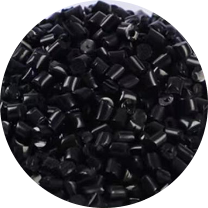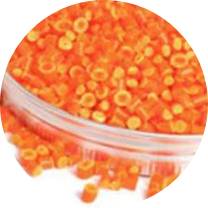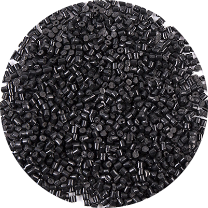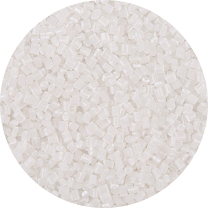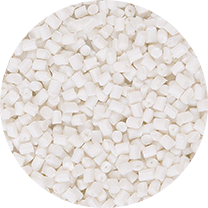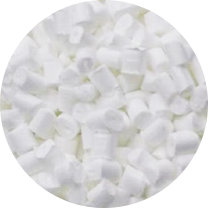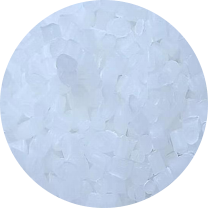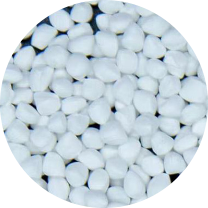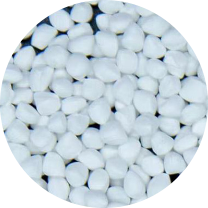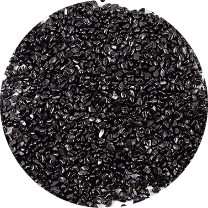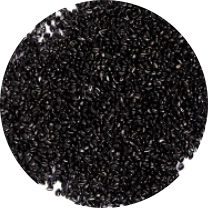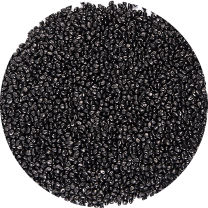Meltblown Masterbatch Manufacturers
Product Category
Get in Touch With Us
Who Are We?
Changzhou Runyi New Material Technology Co., Ltd.
News
-
Engineered Longevity: Carbon Black Masterbatch UV Stabi...
In applications demanding extended outdoor performance—such as pipes, geosynthetics, and agricultural films—the stability of the polymer matrix against photo-ox...
READ MORE -
Precision Pigmentation: Mastering the FPV and Dispersio...
For processors involved in manufacturing thin-gauge films, fine fibers, or sophisticated injection molded components, the performance of the Carbon Black Master...
READ MORE -
MFR Matching Principle: Optimizing White Masterbatch an...
In the realm of polymer processing, achieving consistent color dispersion and flawless product quality is a fundamental objective. The use of White Masterbatch ...
READ MORE -
Achieving Flawless Quality: An Engineer's Guide to TiO2...
Introduction: The Business Case for Perfect Dispersion For B2B manufacturers in the plastics industry, the quality of the finished product is the ultimate measu...
READ MORE
Nonwoven Masterbatch Industry Knowledge Extension
From raw materials to processes: the core role of meltblown masterbatch in medical protective materials
1. The irreplaceable nature of meltblown masterbatch in the field of medical protection
Industry background: Meltblown nonwoven fabrics are the core filter layer of medical masks and protective clothing, and their performance directly depends on the quality of masterbatch raw materials and process adaptability.
Core requirements: Medical-grade meltblown fabrics must meet high filtration efficiency (≥95%), low breathing resistance, antibacterial properties and biocompatibility, and meltblown masterbatch is the key carrier to achieve these indicators.
2. Raw material selection: formula design of medical meltblown masterbatch
Base resin: High melt index polypropylene (PP, MFI≥1500g/10min) ensures uniform spinning of ultrafine fibers (1-5μm).
Functional additives:
Electret additives (such as tourmaline, SiO₂): Enhance particle filtration efficiency through electrostatic adsorption.
Antibacterial agents (silver ions, quaternary ammonium salts): Give materials long-lasting antibacterial function to avoid secondary infection.
Anti-aging agent: Improve the stability of materials during gamma ray sterilization or long-term storage.
3. Process adaptability: How does masterbatch affect meltblown production
Rheological property control: The melt index (MFI) of the masterbatch needs to match the spinneret aperture and hot air temperature to avoid broken wires or blockages.
Dispersion uniformity: If the nano-level additives are not evenly dispersed, it will cause fluctuations in filtration efficiency or carbon deposition on the nozzle.
Low volatile matter requirements: Medical masterbatch must pass VOC testing to prevent the release of harmful gases during production.
4. Special certification and challenges for medical scenarios
Compliance standards: Must be certified by FDA, CE or YY/T 0469 (Chinese medical mask material standard).
Biosafety: Masterbatch must not contain migrating harmful substances such as plasticizers and heavy metals.
Cost balance: The price of high-end functional masterbatch is 2-3 times that of ordinary masterbatch, and the cost performance needs to be optimized.
5. Future trends: high performance and sustainability in parallel
Multifunctional integration: development of composite masterbatches that are antiviral, breathable, and biodegradable.
Application of recycled materials: exploring the feasibility of medical-grade rPP in meltblown masterbatches to respond to environmental protection policies.


 English
English 中文简体
中文简体 한국어
한국어 عربى
عربى